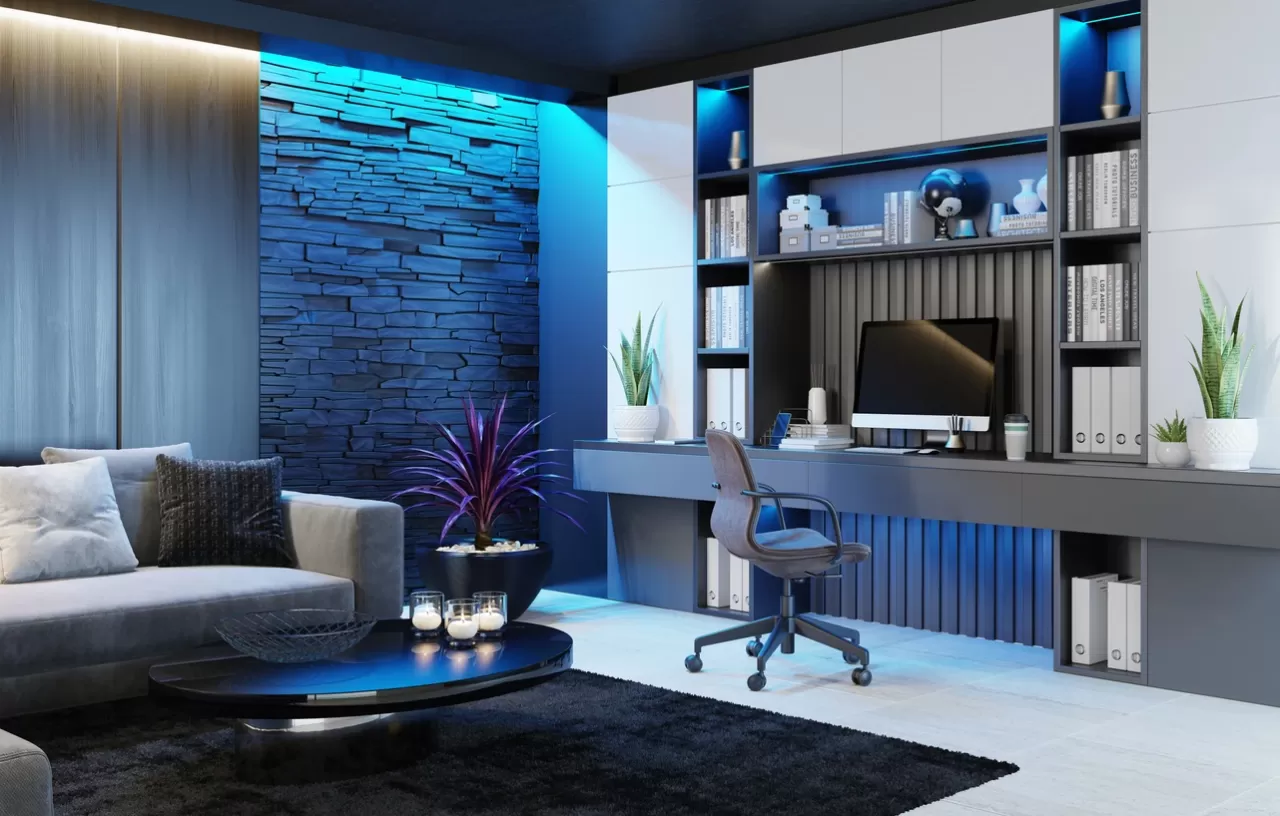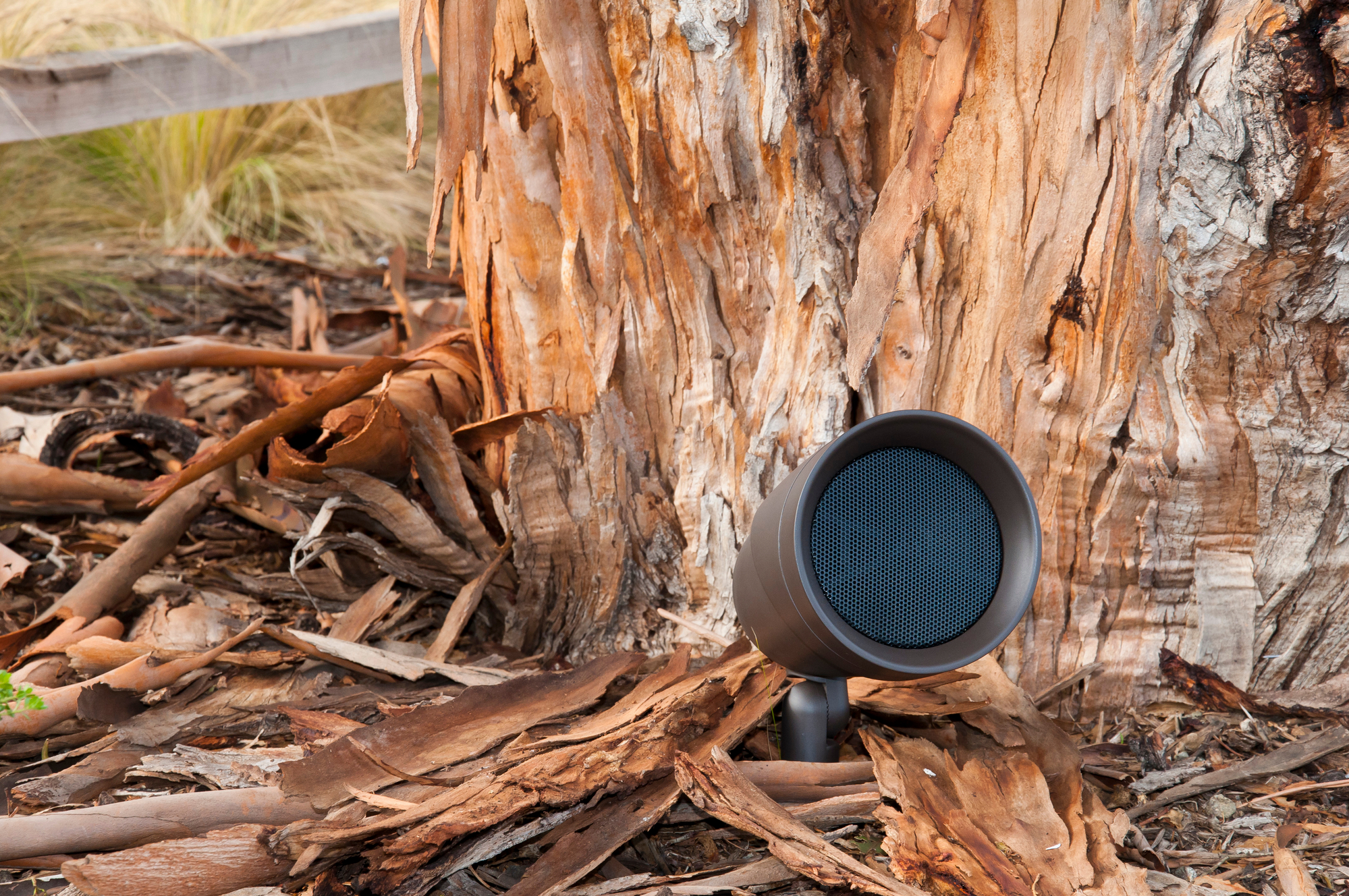How to Integrate Technology with Interior Design
TV

Have you ever noticed how many TVs get installed over fireplaces? It’s not because people necessarily wanted to put the TV there. It’s because the fireplace is typically designed as the focal point of the room and it just ends up making sense to put the TV right above it. Many are fine with that, but some others think that having a big black rectangle at the room’s primary focal point is not the most desirable aesthetic choice!
Fortunately, the industry has come up with several ways to dress up or hide the TV completely:
- Digital Art ‒ Some TVs have a “digital art” mode that can make your TV look like a painting, family portrait or whatever image you want to show off. Some even come with a light sensor to make the art respond to your room’s lighting in a way that makes the art look more natural.
- Mechanized Lifts ‒ There are dozens of options that make clever use of automated lift mechanisms that can hide your TV in a myriad of ways. An Art Lift allows you to hide the TV behind a real piece of art that can slide up or sideways to reveal the TV when you turn it on. Other motorized lift mechanisms can raise your TV up out of a cabinet or have it descended from a hiding place in the ceiling. You can even have the TV pivot left or right towards the viewer.
- Recessed TV ‒ You may not really care about completely hiding the TV, but you would like the installation to be a little sleeker. In that case, you can have your builder frame out the wall so that there is a pocket for the TV to be installed into. This creates a clean and flush appearance from the front and side.
Speakers
Having the ability to play music anywhere in the house or yard is one of the most requested features we get. While a set of floor standing speakers might make sense in a home theater or media room, other rooms can have great sound too without the speakers being a prominent visual feature.
- Architectural Speakers ‒ Most people are familiar with in-wall and in-ceiling speakers. What you may not know is that you can get them in a smaller form factor that closely matches the size and shape of your recessed lighting. This makes the speakers really blend in. There are even in-wall and in-ceiling subwoofers that can provide some added bass without the big black box on the floor.
- Invisible Speakers ‒ If you really don’t want to see the speakers at all, invisible speakers can be installed during the construction phase that perfectly blend into the wall. They are mudded and painted over, just like the drywall, so even the sharpest eye can’t see them.
- Custom Soundbars ‒ Adding a soundbar to enhance TV audio is extremely popular these days. But a lot of soundbars look like an afterthought rather than part of an integrated system. But they don’t have to. Many manufacturers provide soundbars in custom lengths that perfectly match the width of your TV for a clean, purposeful look.
Lighting Control
A smart lighting system isn’t just for convenience. It can enhance the look of your home as well. Lighting control systems can be programmed to remember lighting “scenes” that recall specific lighting levels for a room or the whole house. You can have all your lights set to just the perfect level for whatever mood or activity you want and recall it with a simple button press.
“Centralized” lighting control systems take things even farther by reducing your banks of light switches (sometimes four, five or more in a row) and consolidating them into a single, elegant keypad. Often these lighting keypads are available in a variety of designer colors and textures to perfectly complement your décor.
Electronic Components
Sometimes, it just doesn’t seem like there’s a good place to hide the AV components needed for your TVs, music, and networking. That’s where AV distribution comes in. We can take all those components (cable boxes, media streamers, Blu-ray players, amplifiers, surround sound receivers, etc.) and consolidate them into an equipment rack located in a room or closet of your choice. All those hidden devices can then be distributed and shared throughout the house. Add in a smart home control system and it’s a simple and intuitive system to use.
Call or Visit Us
What we’ve shared here only scratches the surface of what can be done to tastefully integrate high-performance electronics with elegant interior design. Ideally, the earlier you engage with us, the more options you will have for your project. If you need help or ideas on how to make things work in your own home, feel free to contact our experts at AV Design Consultants for a consultation.
When you subscribe to the blog, we will send you an e-mail when there are new updates on the site so you wouldn't miss them.





